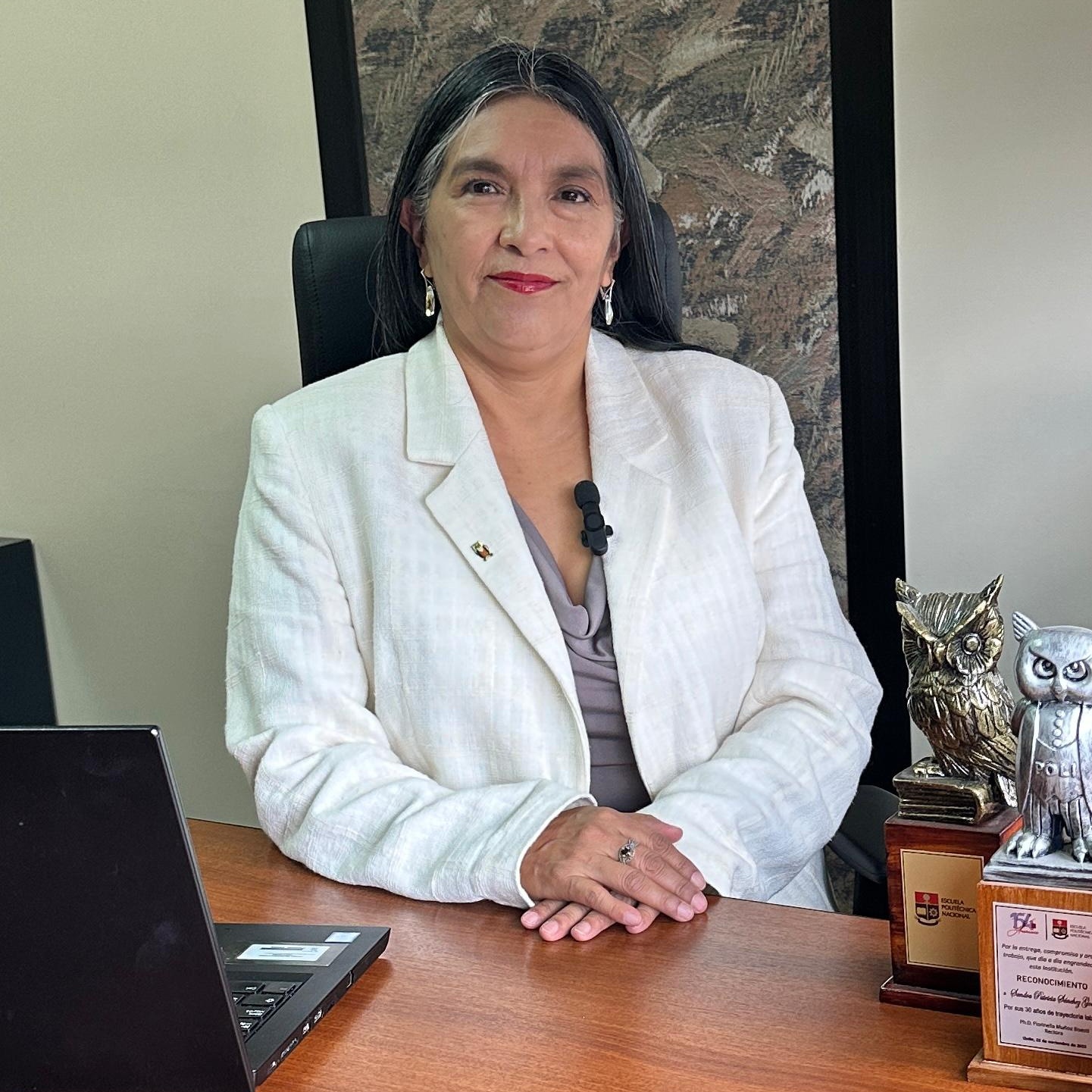Indoor localization solution for users with visual disabilities
Abstract:
In this research, a hybrid solution for indoor localization for users with blindness or visual disabilities is developed to be able to move inside a building. The solution has two subsystems that communicate through an accessible mobile web interface. The first subsystem determines the location of the user's mobile device in an indoor place. This subsystem uses Wi-Fi networks because they are a very common existing infrastructure and they are economically feasible. An approach named Network Beacon Analyzer is proposed and tested to verify the level of accuracy of the location calculations. This approach analyzes Wi-Fi signals radiated by different access points (APs) to calculate the physical position of the user mobile device. The tests performed showed that accuracy of the calculation depends on the number of APs used within the Wi-Fi networks. Four APs provided the correct calculation of the location in 85% of the samples with a minimum error. The second subsystem is an accessible mobile web application that complies with the Web Content Accessibility Guidelines (WCAG) 2.1 Level AA. Level AA is the level required by the legislation in most countries. The mobile web application displays an indoor map built in Scalable Vector Graph format. This format helps the screen reader software to interpret the visual information and translate it to audio output for blind users. In addition, the application simulates main routes that users can select to get an idea of the environment of the indoor place before actually going there. Finally, a group of twenty users tested the application, included blind and blindfolded people. The solution is independent of the type of mobile device and operating system, since the first subsystem analyses Wi-Fi signals and the second subsystem executes on top of any browser.
Año de publicación:
2018
Keywords:
- Mobile accessibility
- Wi-Fi beacon frames
- visual disabilities
- Indoor maps
- indoor localization
- SVG
- blind users
- WCAG
- Web accessibility
Fuente:
 scopus
scopusTipo de documento:
Conference Object
Estado:
Acceso restringido
Áreas de conocimiento:
Áreas temáticas de Dewey:
- Física aplicada
- Instrumentos de precisión y otros dispositivos
Objetivos de Desarrollo Sostenible:
- ODS 10: Reducción de las desigualdades
- ODS 11: Ciudades y comunidades sostenibles
- ODS 3: Salud y bienestar
